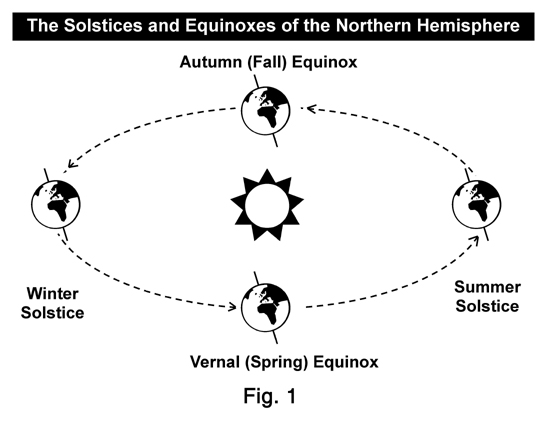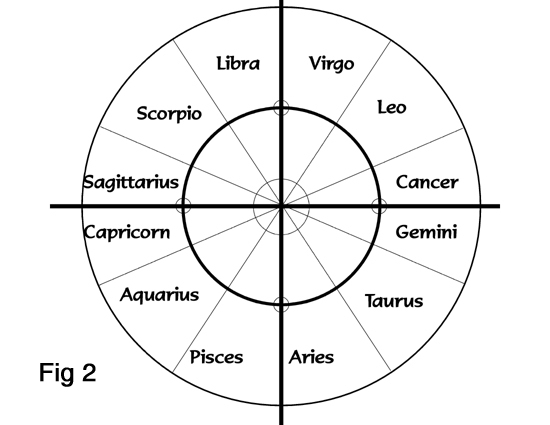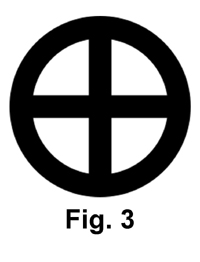The Dying and Resurrecting
Sun God

By: David Deschesne
Editor/Publisher,
Fort Fairfield Journal, June 20, 2018
For thousands of years mankind has worshipped the sun in one form or another. Man of antiquity looked at the sun as if it were a god, to some civilizations it was the God. Throughout history the myth of the dying and resurrecting sun god has undergone various transformations, interpolations and adaptations onto various religions. The Egyptians worshipped their sun god, Atum-Ra; later on in history, the pre-Christian Romans worshipped the sun god, Mithras as religiously and passionately as Christians worship Jesus today. As the Christian narrative was being formulated in the second and third centuries of Roman civilization, it acquired some of the trappings of that now extinct religion of Mithraism and its attributes of solar deification. Facets of the sun worshipping mythos can still be seen in today’s Christianity with the divine birth on the winter solstice, the day of worship on Sunday, as well as symbols in Christian art and iconography.
The sun figured in the stories of virtually every culture worldwide. In many places and eras, the sun was considered a divine Spirit. It was regarded as the first entity in “the Void” and the creative power of all life and matter.
The sun was the “soul of the world,” signifying immortality, as it is continuously resurrected the morning after “dying,” or setting the night before. From at least the Egyptian age down to the Gnostic Christians, the sun, along with the moon and other celestial bodies, was viewed as a “guide” to the afterlife and was thus considered the “Savior of the World,” as it rose and brought light and life to the planet. The sun was revered for causing seeds to burst and thus giving its life for plants to grow; hence, it was seen as sacrificing itself in order to provide fertility and vegetation. In keeping with the chronology of the solar mythos, when the sun “dies” in winter, so does the vegetation, only to be “resurrected” in the spring.
The first fruits, vine and grain were considered symbols of the sun’s strength and were historically offered as sacrifices throughout history up to at least the religion of Judaism.
The sun was looked upon by the ancients as the life-giver, or the source of all life and energy. In a way, that is correct. All energy we enjoy here on earth does come from the sun. The trees we burn for heating could not have grown without the sun; the food we eat could not grow without the sun. In the modern world we understand that electricity would not even be possible without the earth first receiving energy from the sun to evaporate water, which turns to rain, runs down rivers that can be dammed up and used to turn electric turbines. Wind turbines also require heat from the sun to make the air move as wind. All energy on Earth truly does come from the sun. Now, I’m not saying the sun is god, I’m merely illustrating how early man could have developed that idea by observing life and the world around him along with its intertwined relationship with the sun.
Solstices and Equinoxes
The Winter Solstice is the shortest day of the year; the Summer Solstice is the longest. The ancients didn’t understand it was the tilt of the earth’s axis that caused this effect. They considered the sun as having died on the winter solstice, or its lowest point in the sky only to be raised three days later when it began its trek upwards in the sky.
The summer solstice in the Northern Hemisphere is in mid-June when the axis is pointed toward the sun, while the winter solstice is in late December, when it is pointed away (these dates are opposite in the Southern Hemisphere). The Equinoxes—Vernal (Spring) and Autumn (Fall)—are the points in the Earth’s orbit halfway in between the two solstices where the amount of daylight and nighttime are exactly the same. (See Fig. 1).

While the Earth is tipped on its axis, the axis wobbles like a spinning top, making one complete wobble rotation every 25,765 years. This effect causes a slight change in the position of the Earth in relation to the sun and the stars in the sky on the Vernal Equinox, which is the benchmark of measure for many ancient mystery religions.
The Zodiac
There are some eighty or so star constellations in the nighttime sky that have been named and likened to mythical characters. Twelve of those constellations are the primary actors in the Zodiac, which was created around 2500 B.C. by the Babylonians.
The Zodiac of ancient lore had nothing to do with the clownish and simple-minded horoscopes of today. There was a message written in those constellations and it was used as a metaphor to explain divine truths. Fortune telling and inspirational thoughts were not a primary function of the Zodiac as it is in today’s tabloid newspapers and internet sites.
As was previously mentioned, the Earth wobbles on its axis as it rotates, thus causing its position relative to the sun during the equinoxes to shift slightly as it revolves in its orbit. This shift causes the sun to rise on the vernal equinox in different constellations in the sky throughout a 25,765 year period. This is called the Precession of the Equinoxes. Around 2,000 years ago the sun entered the constellation, Pisces (the two fishes) and has been passing through it since then. We are now about to enter the constellation, Aquarius (the Water Bearer).

The Solar Cross
In Fig. 2, you will note the sun at the center of the zodiac and the Earth’s orbit marked by a largeinner circle. Ancient solar-based religions over time adopted that symbol to represent the sun in their writings and iconography. It is called the Sun Disc, or Solar Disc. (see Fig. 3). As will be discussed shortly, even the Christians have adopted this symbol into their Christian motifs, artwork and crosses. Other ancient religions, such as Mithraism and the Kemetic religion of ancient Egypt also venerated the sun as a supreme deity.
Solar Gods Throughout History
There are numerous god names associated with the sun throughout the world’s religions. Wikipedia has an exhaustive list, which is much too long to print here, so I will make a note of the more prominent names:
Buddhist: Surya
Canaanite: Shapash
Celtic: Belenos
Chinese: Yuyi
Egyptian: Aten/Atum-Ra
Germanic: Sól
Greek: Zeus/Helios, also Apollo
Hindu: Surya
Incan: Inti
Mayan: Kinich Ahau
Roman: Apollo, also Mithras
Zoroastrianism: Hvare-khshaeta
Christian Parallels to the Solar Myth
Christianity, as a medium-aged religion dating back around 1,900 years, is not immune to the  influences of solar deism. As can be seen in the figures at the right, the halo that is the backdrop of Christ’s head in Christian art is the corona of the sun and some artwork also integrates the Solar Disc symbol into the halo.
influences of solar deism. As can be seen in the figures at the right, the halo that is the backdrop of Christ’s head in Christian art is the corona of the sun and some artwork also integrates the Solar Disc symbol into the halo.
The word, “halo” does not occur anywhere in the Bible (KJV) and is not referenced as being attached to Christ’s head as a backdrop. This symbolism therefore must have been adopted by the church at a time later than those books were composed.
The Solar Disc can also be seen in Christian crosses that adorn many churches today.
There are also many other parallels in Christianity to solar worship. As was previously mentioned, worship on Sunday (except for Seventh-Day Adventists and those who still worship on the seventh day of the week, Saturday), and the birth of Christ on December 25. Also, the twelve disciples symbolize the twelve constellations of the zodiac. When the Christian narrative was born, the sun was entering into Pisces—the two fishes—which could explain the numerous references to fishermen and fish in the New Testament.
There are voluminous links to the solar mythos in the Christian New Testament and as such are outside of the scope of this particular editorial. Suffice it to say, solar worship from antiquity still continues to influence the religions of the world today, even if their respective adherents are oblivious to the symbolism on display in front of their own eyes.








